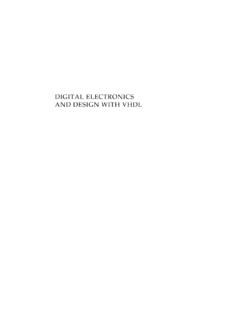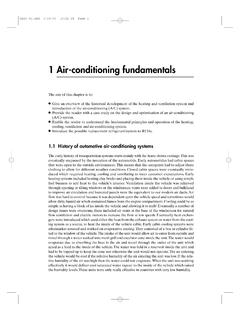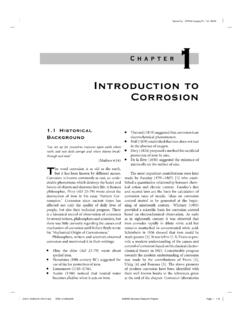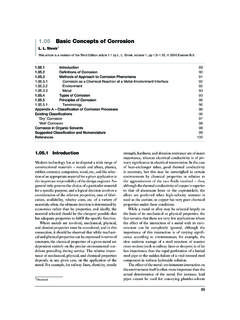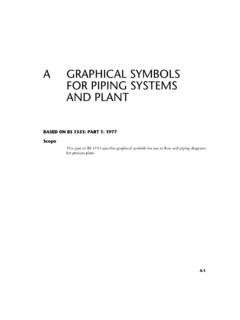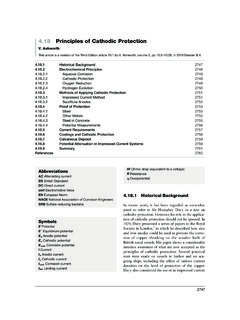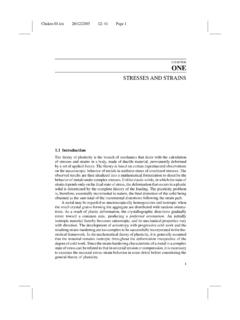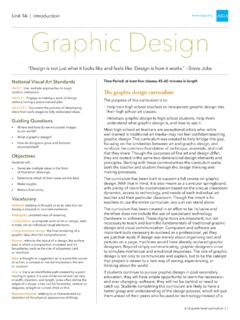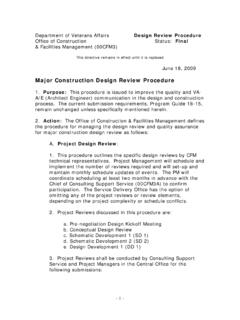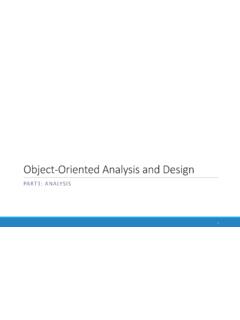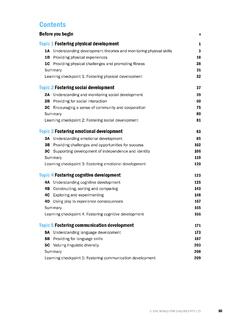Transcription of 1 Basic Concepts of Design - Elsevier.com
1 1 basic concepts of design Design methodology emerged in the 1960s as an independent scientific discipline. This chapter looks to the theory of Design methodology as a source of inspiration to understand the Basic concept of Design in the most general context. The objectives of the chapter are: y To understand the Basic characteristics of Design processes;. y To understand the elements of designs;. y To understand the factors that affect Design processes and outcomes. The chapter is organised as follows. Section gives a brief introduction to the notion of Design .
2 Section examines the main characteristics of Design activities in the creative processes of Design . Section considers designs as plans to produce man-made artefacts, and identifies the essential elements of all designs. Finally, section presents Mayall's axioms of Design to outline the Basic relationships between various issues involved in every Design . 2 Chapter 1. Basic Concepts of Design INTRODUCTION. The word Design ' as defined in the Longman Dictionary of Contemporary English (1987) has the following meanings.
3 As a noun, it means: 1. A drawing or pattern showing how something is to be made;. 2. The art of making such drawings or patterns;. 3. The arrangement of parts in any man-made product, such as a machine or work of art, as this influences the product's practical usefulness;. 4. A decorative pattern, esp. one that is not repeated;. 5. A plan in the mind. The word Design is also used as a verb with the following meanings. 6. To make a drawing or pattern of (something that will be made or built);. develop and draw the plans for.
4 7. To plan or develop for a certain purpose or use. As Christopher Jones pointed out in the book Design Methods: Seeds of Human Futures [ 1 ], Design methodologists have been moving away from drawings and patterns' in the notion of Design , although it is perhaps still a common action of designers of all kinds. The literature on Design methods began to appear in the 1950s and 60s. Since then, Design methodology has become an independent discipline of scientific study. The Design Research Society1 publishes a quarterly journal Design Studies in London by Elsevier Science, which provides an insight into Design issues affecting a wide range of fields of applications for Design techniques.
5 Researchers in the general theory of Design have tried to answer two interrelated fundamental questions about Design . The first question is: What are the essential characteristics of Design ? 1. The web address of the Design Research Society is: Software Design Methodology 3. This question relates to understanding when an activity is designing and when it is not. The second question is: What processes are used by designers? It can be asked in a number of different ways with emphasis on various aspects of Design processes.
6 For example, Is one process better than another, constituting right' and wrong' ways to Design ? Why are some processes favourable over others? Do different processes lead to different qualities of results? The last few decades have seen a significant amount of research devoted to developing Design theories with the ultimate aims at clarifying the human ability of designing in a scientific way, and at the same time, producing the practical knowledge about Design methodology. Such knowledge is believed to be useful and essential to construct computer aided Design systems.
7 As one of the most complex man-made artefacts, computer software is very difficult to Design . There are many factors that affect designs and many stakeholders, people who participate in the Design process, play various different roles in the Design processes and influence the Design of software. The questions that researchers in the area of Design theory have been searching for answers to are also questions that computer scientists are looking for answers to in the context of software development. In fact, software Design shares many characteristics with designs in other fields.
8 As McPhee pointed out [2], much can be learned from the philosophical and methodological studies of Design in general. This chapter is only a brief review of the Basic Concepts of Design theory. 4 Chapter 1. Basic Concepts of Design CHARACTERISTICS OF Design ACTIVITIES. Let's first have a look at how Design theory characterises Design activities in the most general sense. The input and start point of designs Many Design researchers believe in the aphorism necessity is the mother of invention'. It is considered as one of the Basic characteristics of Design that Design can only be undertaken intentionally.
9 Lawson [3] and Dasgupta [4] pointed out that a real or perceived need forms the basis for the definition of Design projects. A. need acts as the initial motivational force that provides the basis for starting Design work. Willem [ 5 , 6 ] explicitly expressed that the universal feature of Design is simply the intentional devising of a plan or prototype for something new. The need or intention forms the first Basic elements of all designs, the problem to be solved. In software Design , the need or intention is usually explicitly or implicitly specified as users' requirements.
10 Without users' requirements, there will be no software Design . The outcome and results of designs Many designers believe that the output or product of a Design is a symbolic representation of an artefact for implementation. For example, Booker (1964). regards Design as simulating what we want to make (or do) before we make (or do). it as many times as may be necessary to feel confident in the final result. Dasgupta [4] expressed that Design is essentially the formation of a prescription or model for an unfinished work in advance of its embodiment'.

